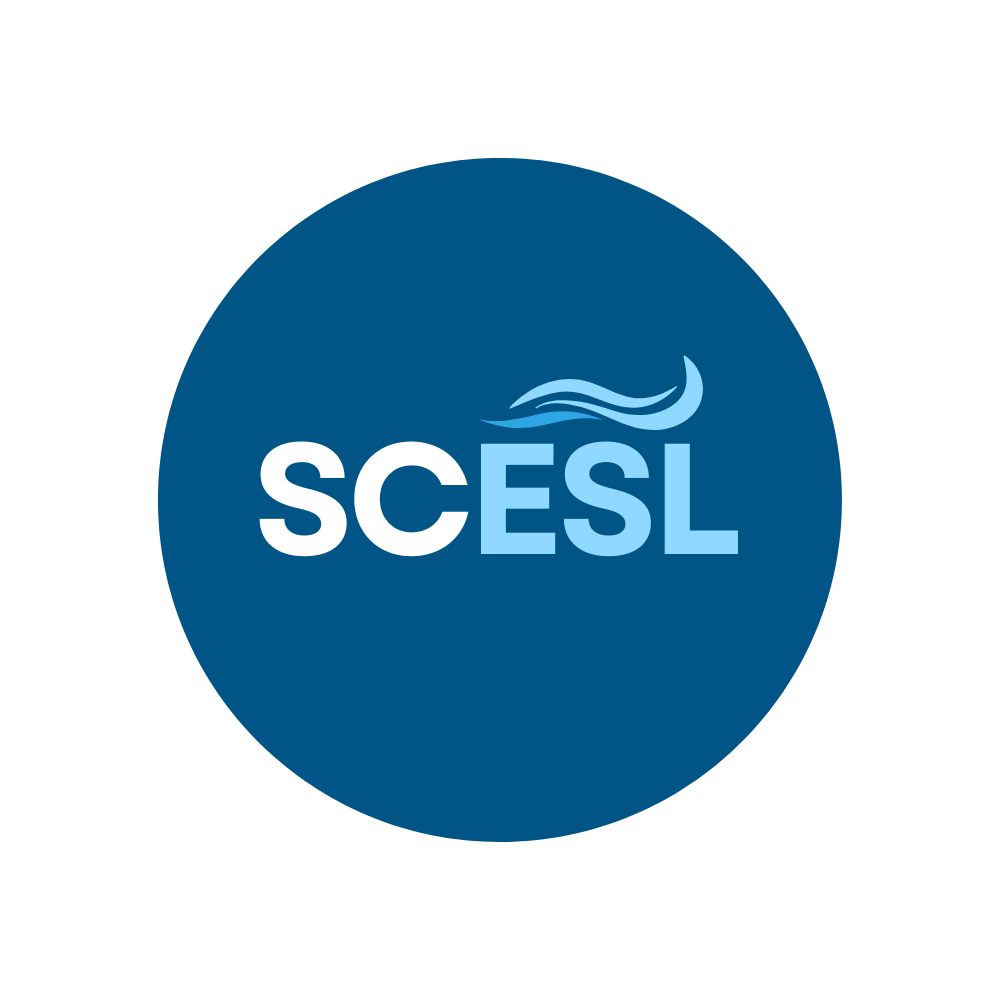Operations are in full swing at the Scajaquada Creek Environmental Science Lab (SCESL) at McKinley Vocational High School, where our students have been hard at work contributing to the CASCADE Project—an exciting environmental science initiative aimed at addressing pollution in our local waterways.
Over the past two weeks, SCESL students have taken to the field, collecting debris samples directly from the storm drain in our school’s parking lot. These samples were then sent to the lab to be dried and returned for in-depth analysis. Once back in the classroom, students meticulously sorted and categorized the debris, identifying the types of waste entering our stormwater system.
In addition to our on-campus sampling, students also had the unique opportunity to analyze a debris sample collected from the University at Buffalo campus. This provided a valuable point of comparison and helped students better understand how land use and human activity influence stormwater pollution in different environments.
But this project is about more than just data collection—it’s about turning science into action. Students will now use their findings to develop a public outreach campaign aimed at educating the community on the sources and impacts of storm drain pollution. Their goal is to inspire behavior changes that lead to cleaner neighborhoods and healthier waterways, especially along the Scajaquada Creek corridor.
The CASCADE Project is a powerful example of collaboration in action. It brings together researchers and educators from the University at Buffalo (UB), Rochester Institute of Technology (RIT), and New York Sea Grant, along with several local high schools and community-based organizations. At SCESL, we’re proud to be a part of this important regional effort and to give our students a platform where they can engage in real-world science that makes a difference.
Stay tuned as our students turn their data into advocacy—and help spread the message that cleaner stormwater starts with all of us.




